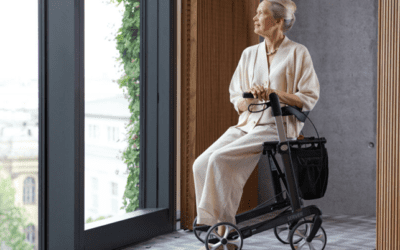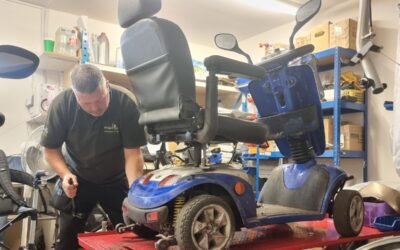Introduction to Wheelchair Accessibility Ramps in the UK
Accessibility Ramps for Wheelchairs at All Locations in the UK: A Comprehensive Guide by a Reputable Company with Over 40 Years of Expertise
Accessibility ramps play a pivotal role in fostering inclusivity and enhancing mobility for individuals with disabilities. These ramps are not merely modifications to physical spaces; they are essential facilitators of independence and equal opportunity. In the UK, the importance of wheelchair ramps is underscored by stringent regulations and standards aimed at ensuring that public and private spaces are accessible to all. This is where our company, with over 40 years of expertise, comes into the picture.
Our company has been at the forefront of the accessibility solutions industry, dedicated to improving the quality of life for those who rely on wheelchair ramps. With a strong commitment to compliance with the Disability Discrimination Act (DDA) standards, we ensure that all our products meet the latest 2024 guidelines. This dedication to quality and compliance has cemented our reputation as a trusted provider of modular metal access ramps, threshold ramps, and other accessibility solutions.
Over the decades, we have witnessed significant changes in the landscape of accessibility. The evolution of design and materials has led to more robust, durable, and user-friendly ramps. Whether it’s modular metal access ramps for commercial buildings or threshold ramps for residential use, our products are designed to cater to a wide range of needs. Our extensive experience enables us to provide tailored solutions that address the unique challenges faced by individuals with mobility issues.
As we move forward, our mission remains steadfast: to deliver high-quality, reliable accessibility ramps that empower individuals with disabilities to navigate their environments with ease. By prioritizing inclusivity and adhering to the highest standards of safety and functionality, we continue to lead the way in making the UK more accessible for everyone.










